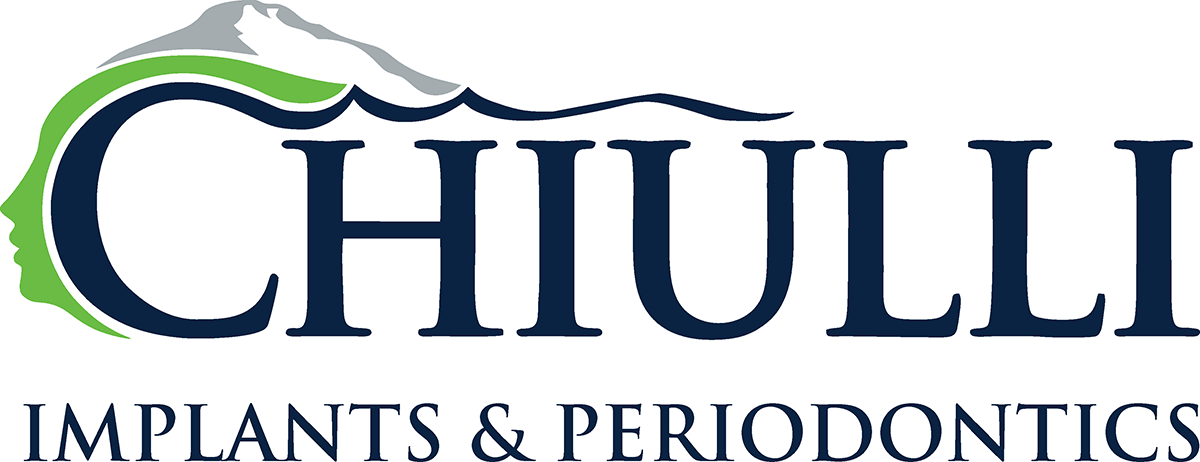top of page
Implant success depends on the quantity and quality of the bone the implant is placed in. Traditionally, the upper back jaw has been one of the most difficult areas to successfully place dental implants due to insufficient quantity and quality of bone. Bone in this area tends to be less dense than in other areas of your jaw. In addition, when an upper molar is lost, your maxillary sinuses, which are behind your cheeks and above your upper molars, pneumatize, or expand downward. Maxillary sinuses are air-filled cavities that lie in close proximity to upper back teeth. When these teeth are removed, there is often only a thin shell of bone separating the maxillary sinus and the tooth socket. When this is the case, the maxillary sinus will expand at the expense of your bone, causing a reduction in the height of available bone for implant placement.

bottom of page





